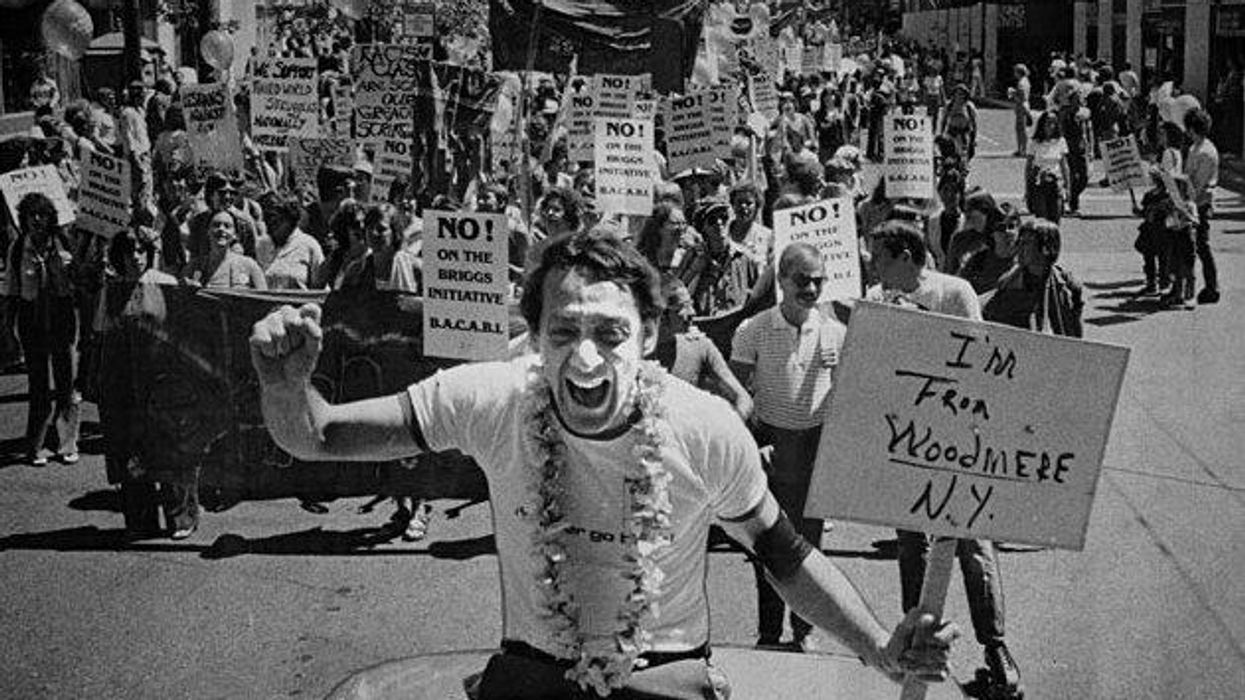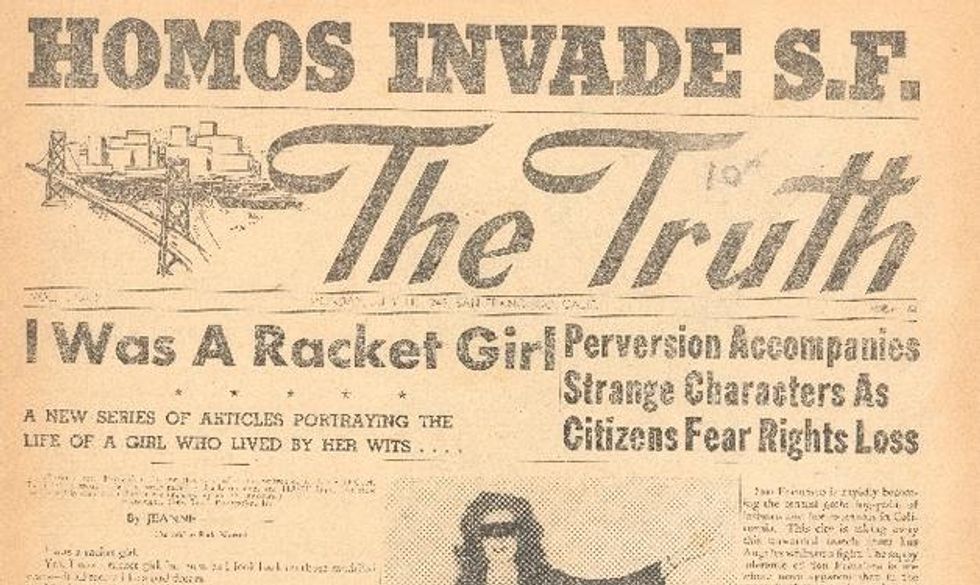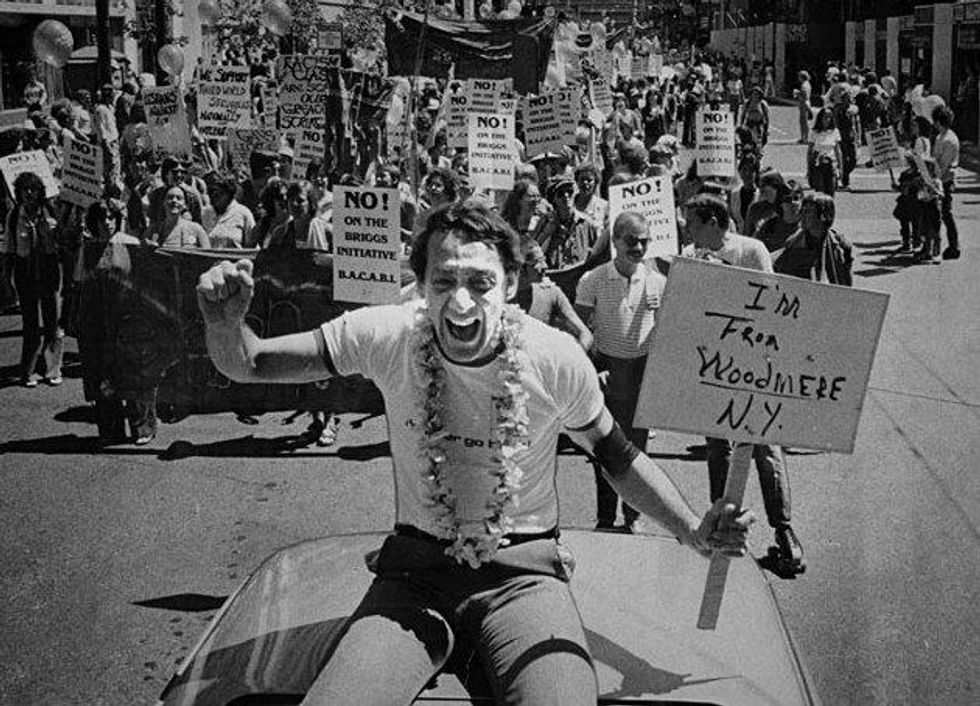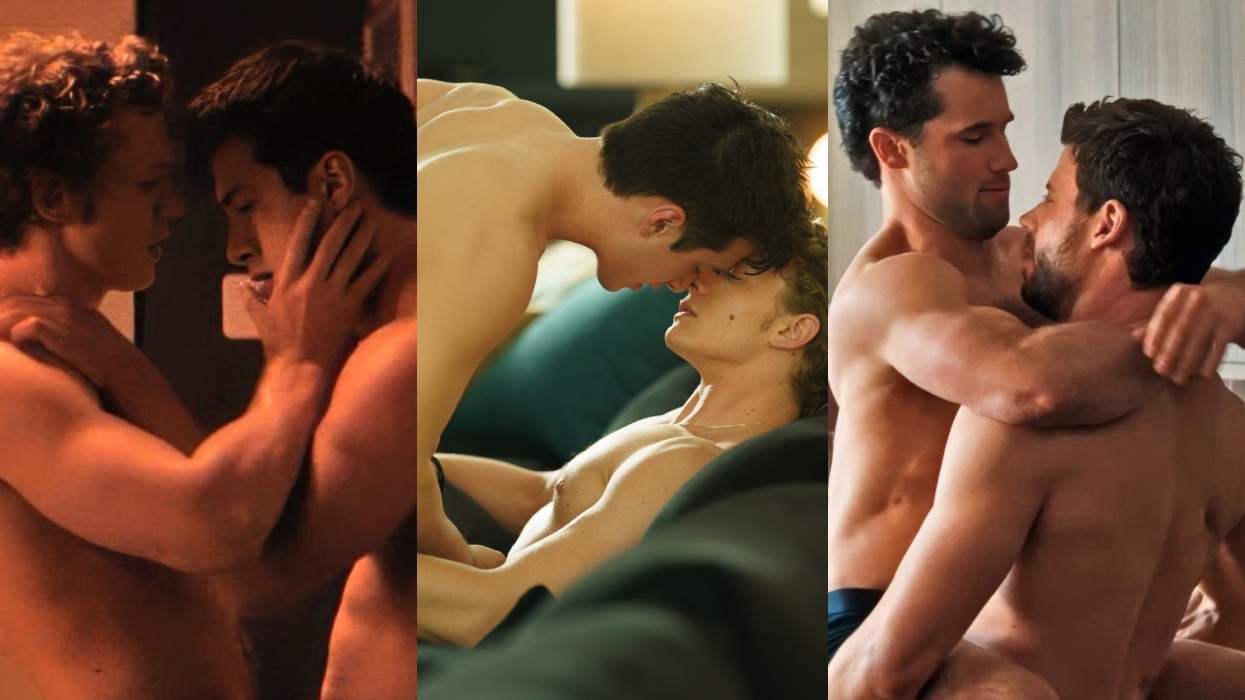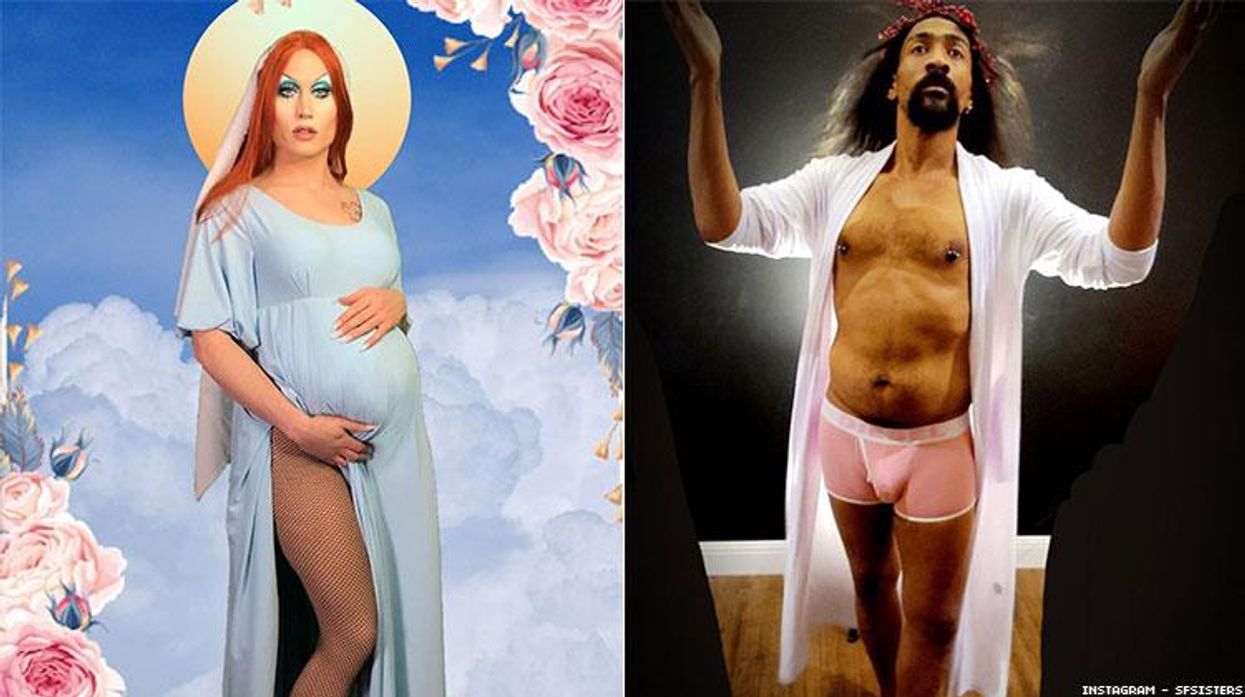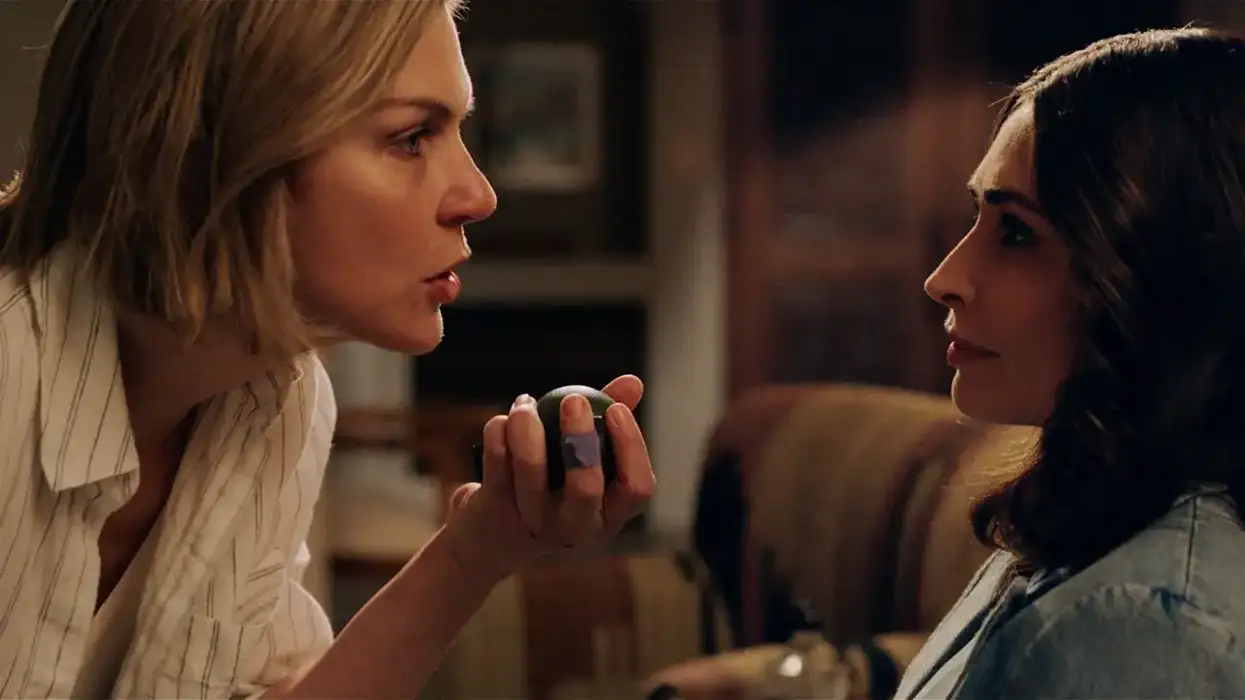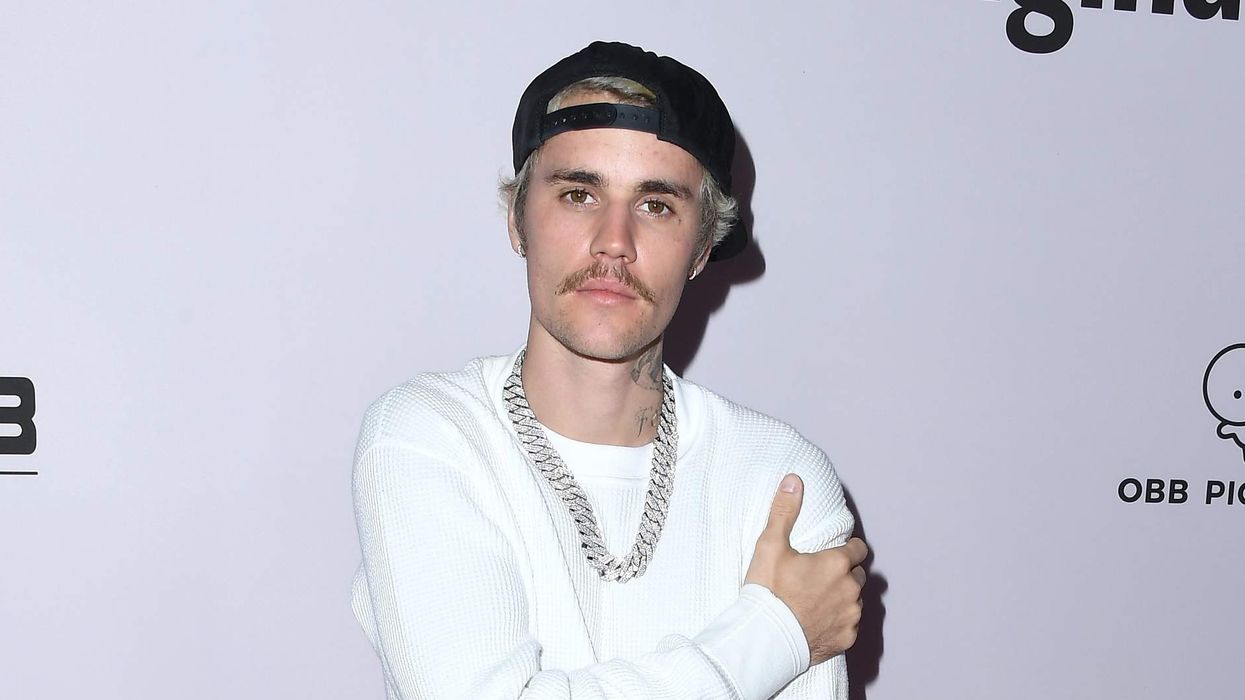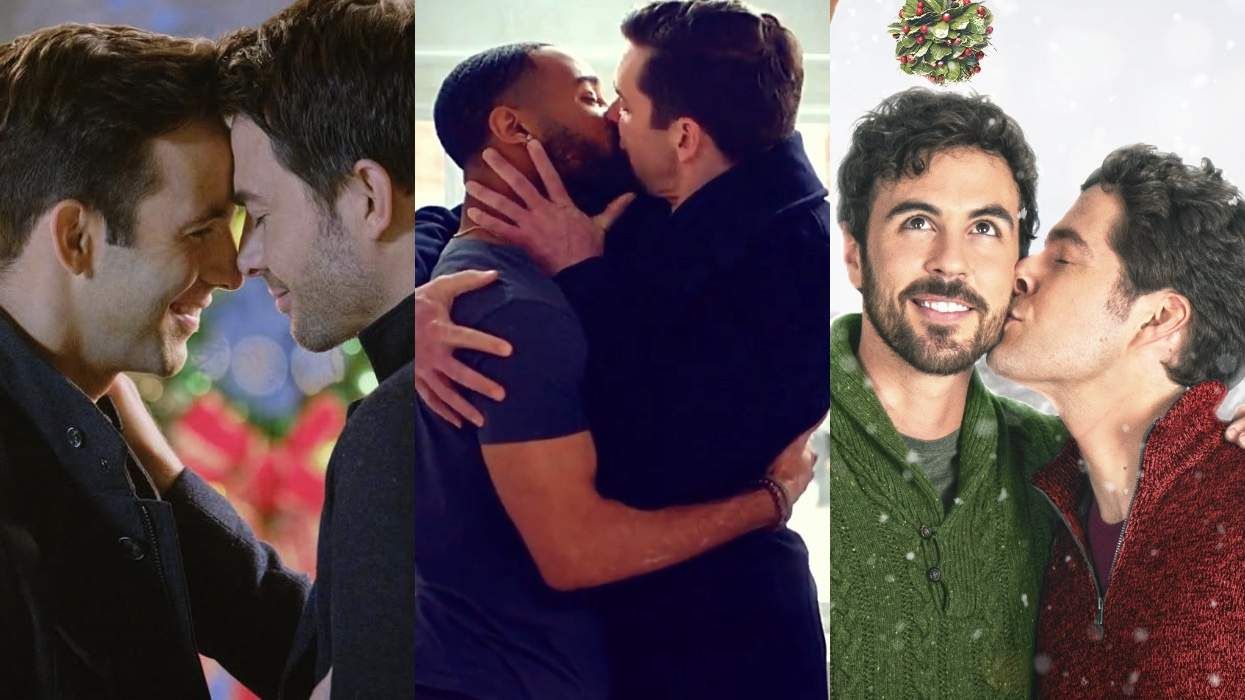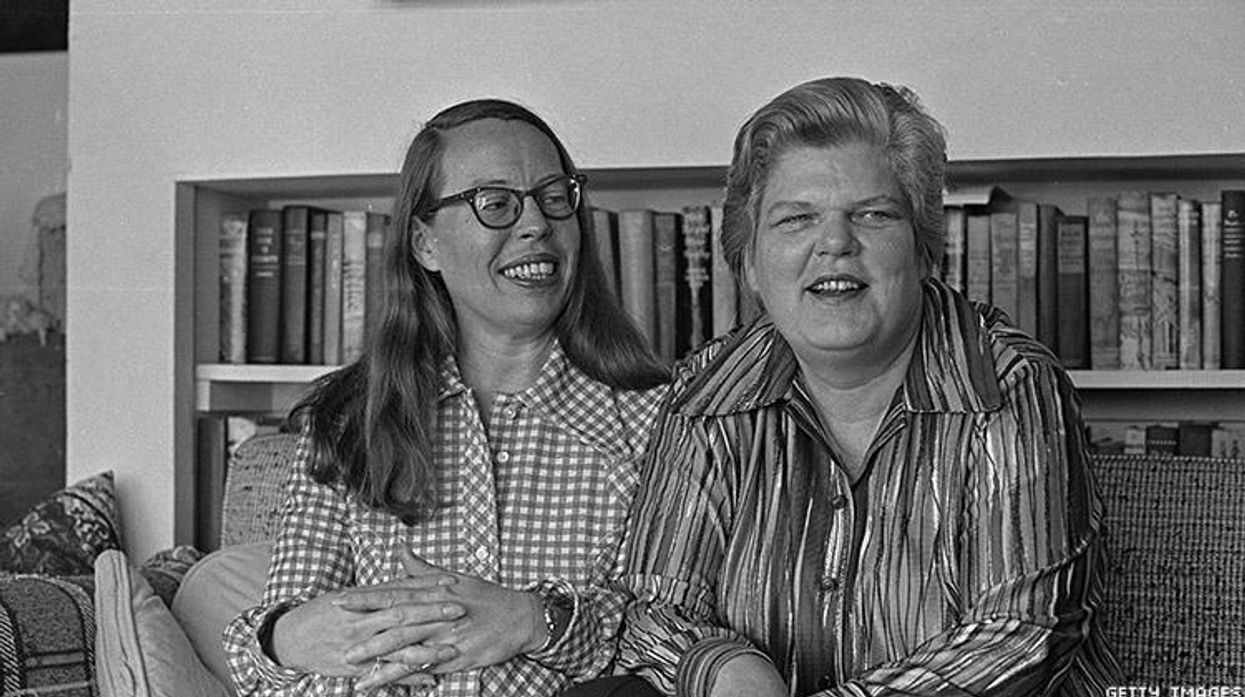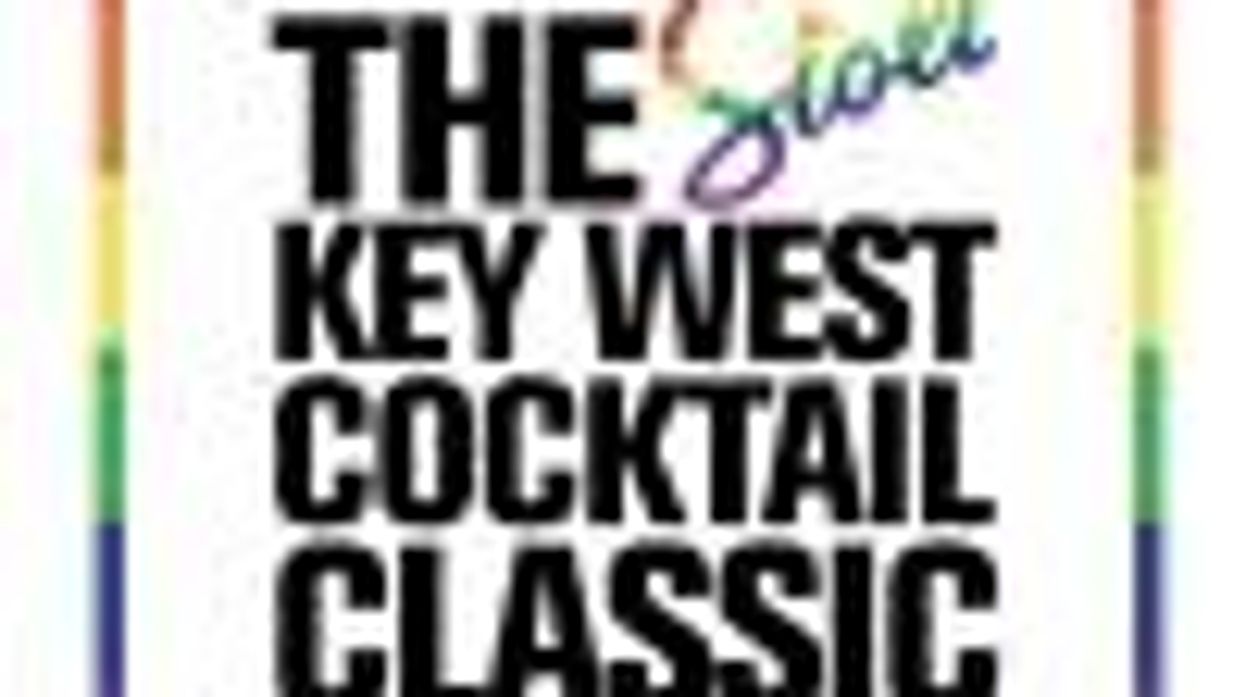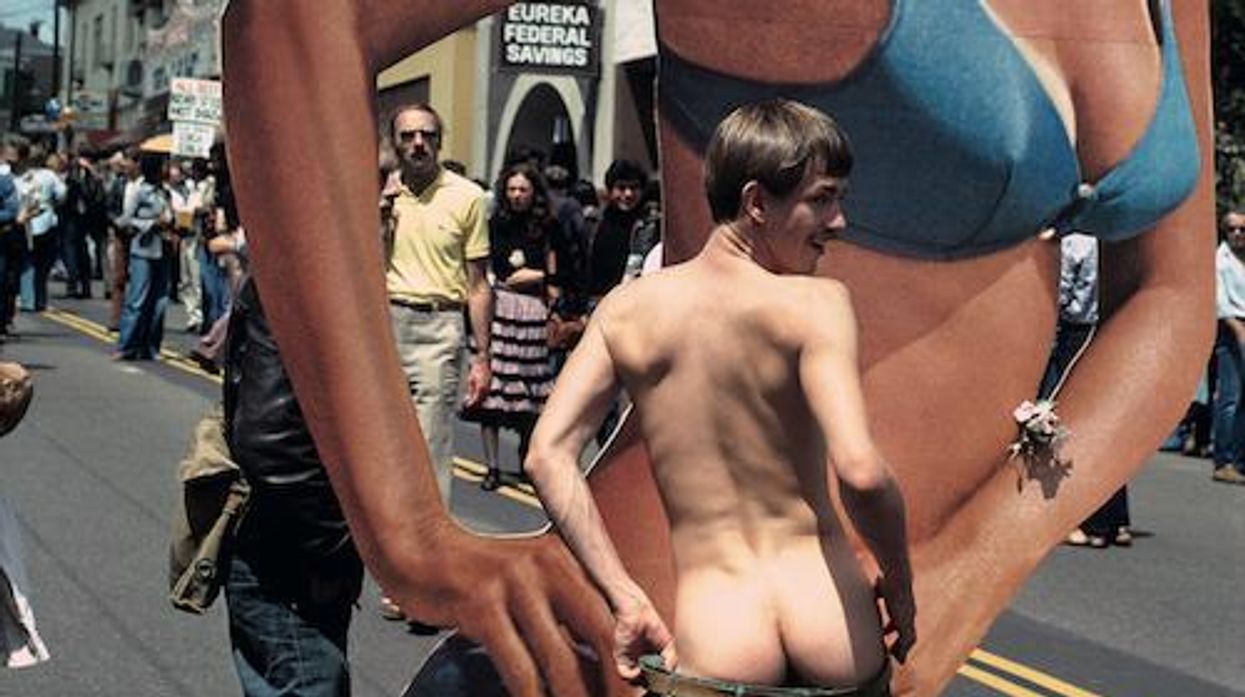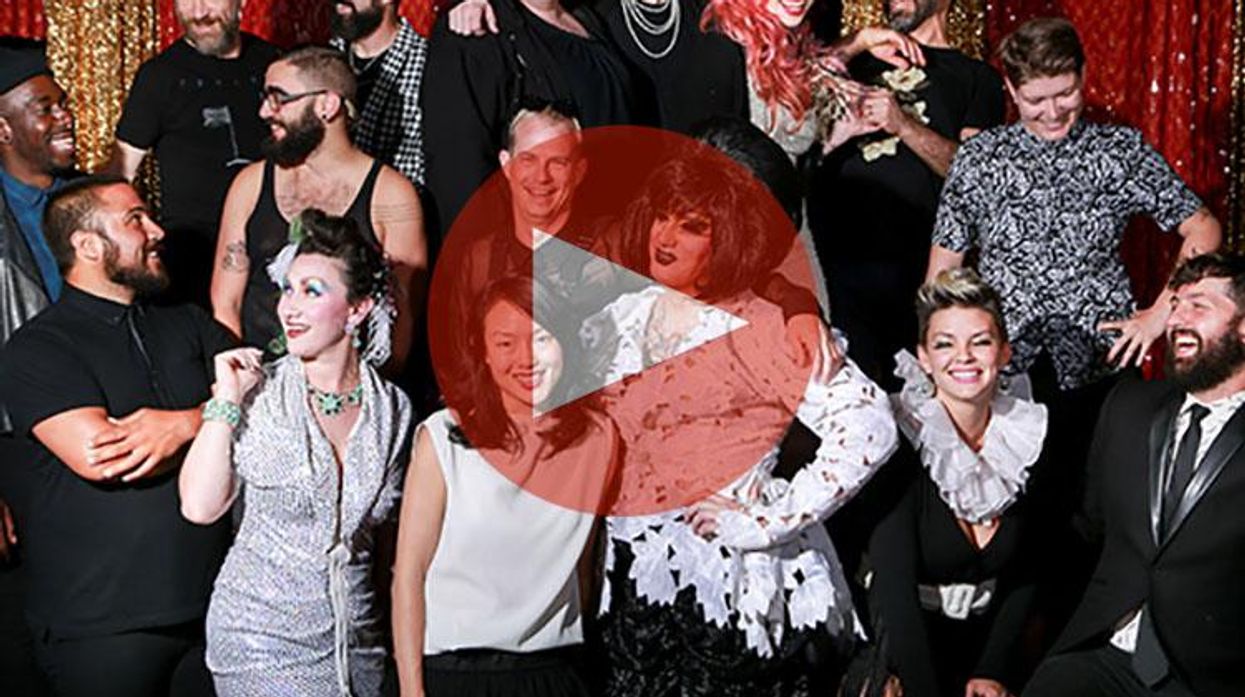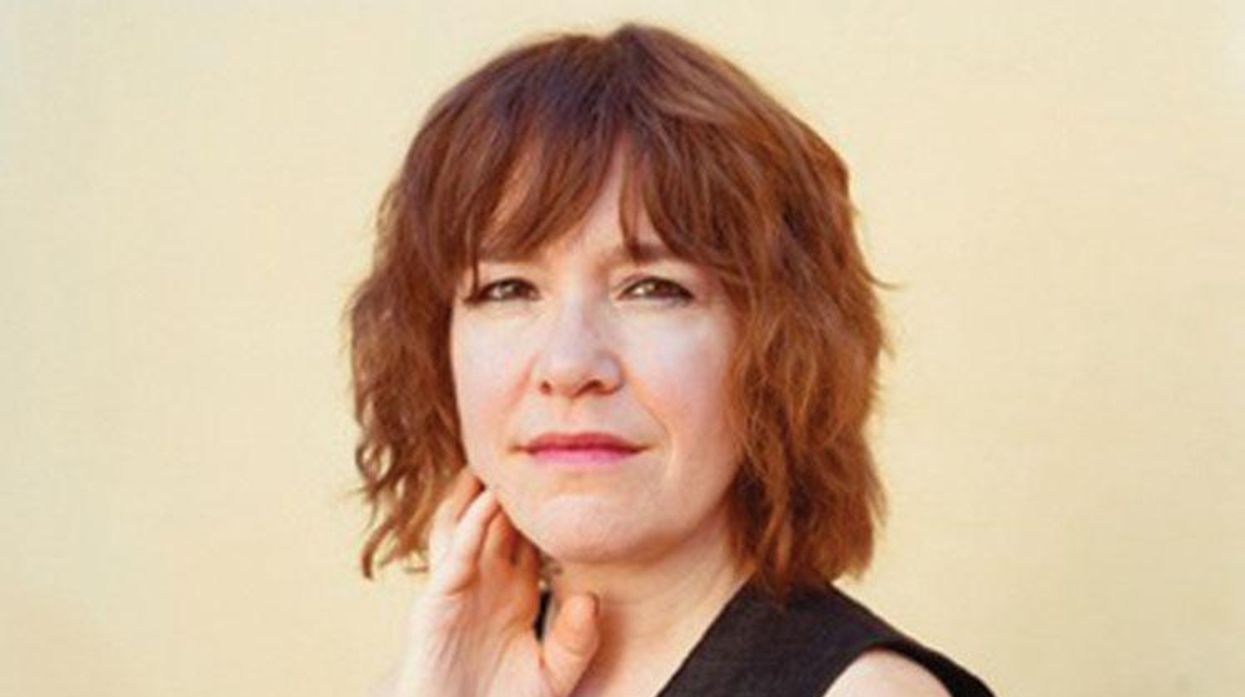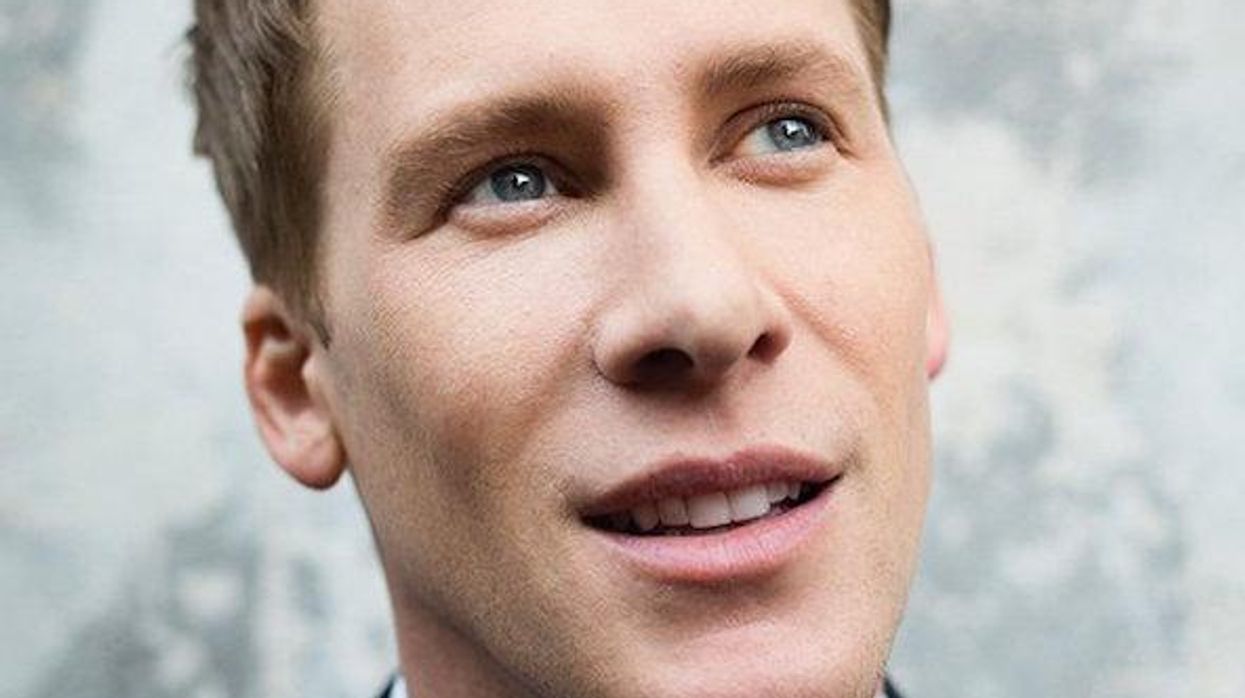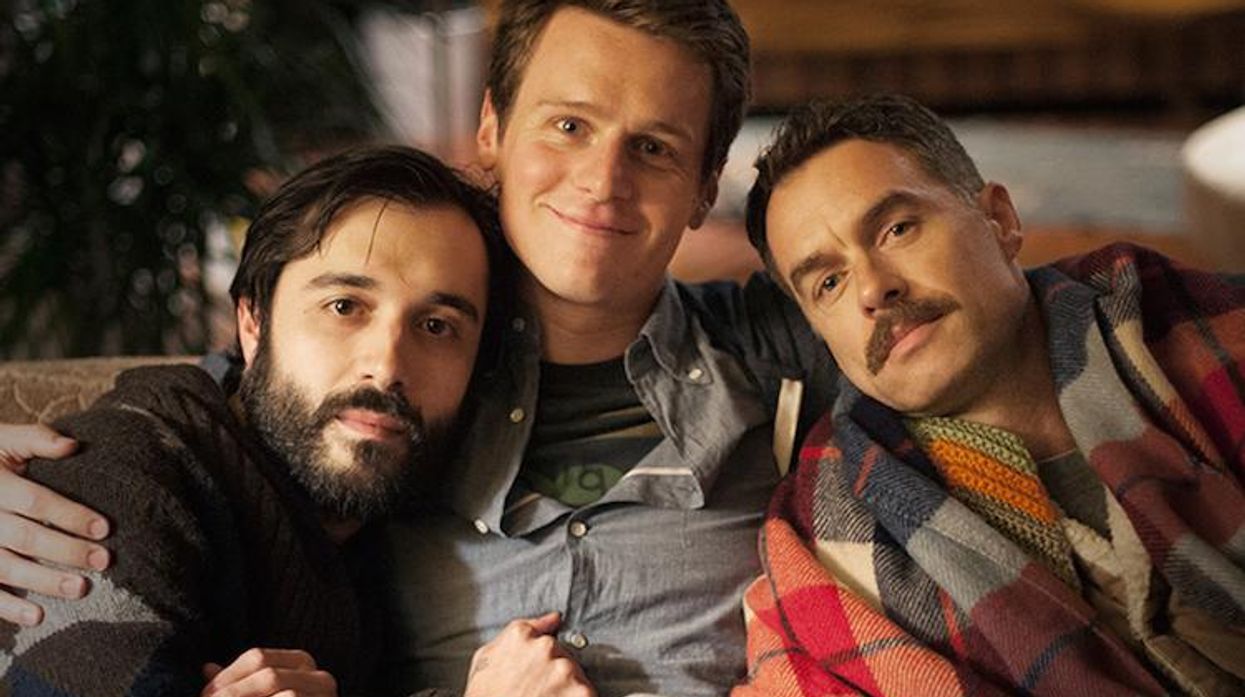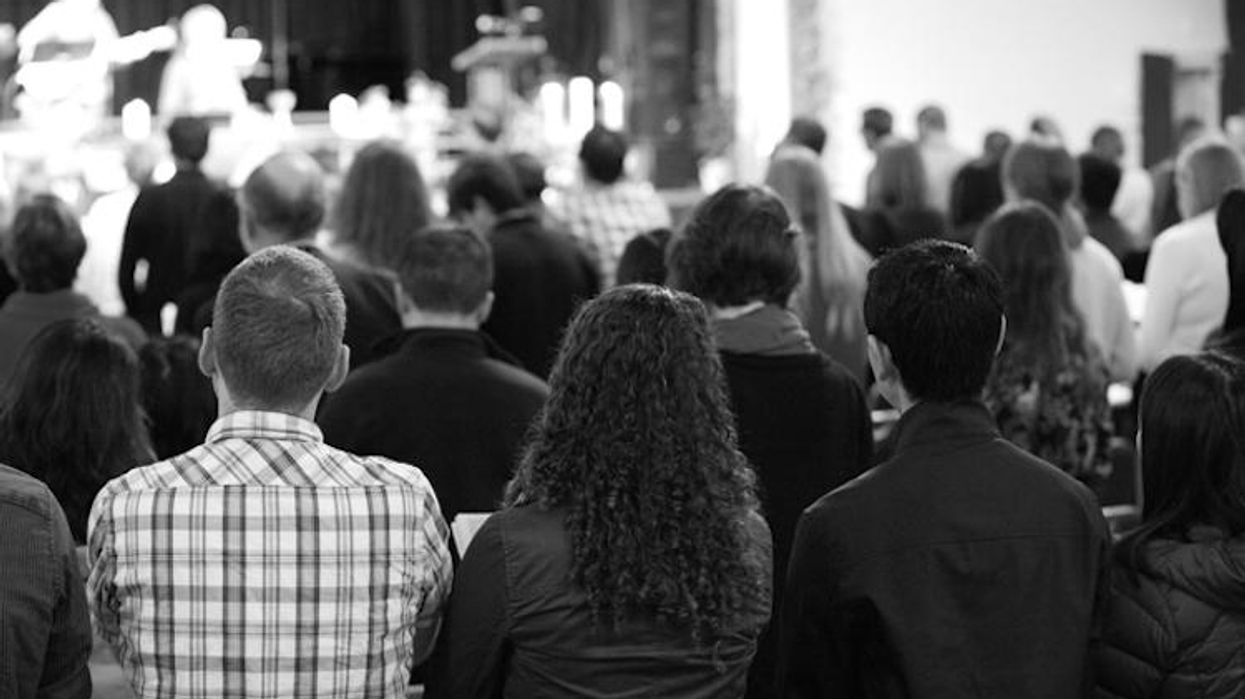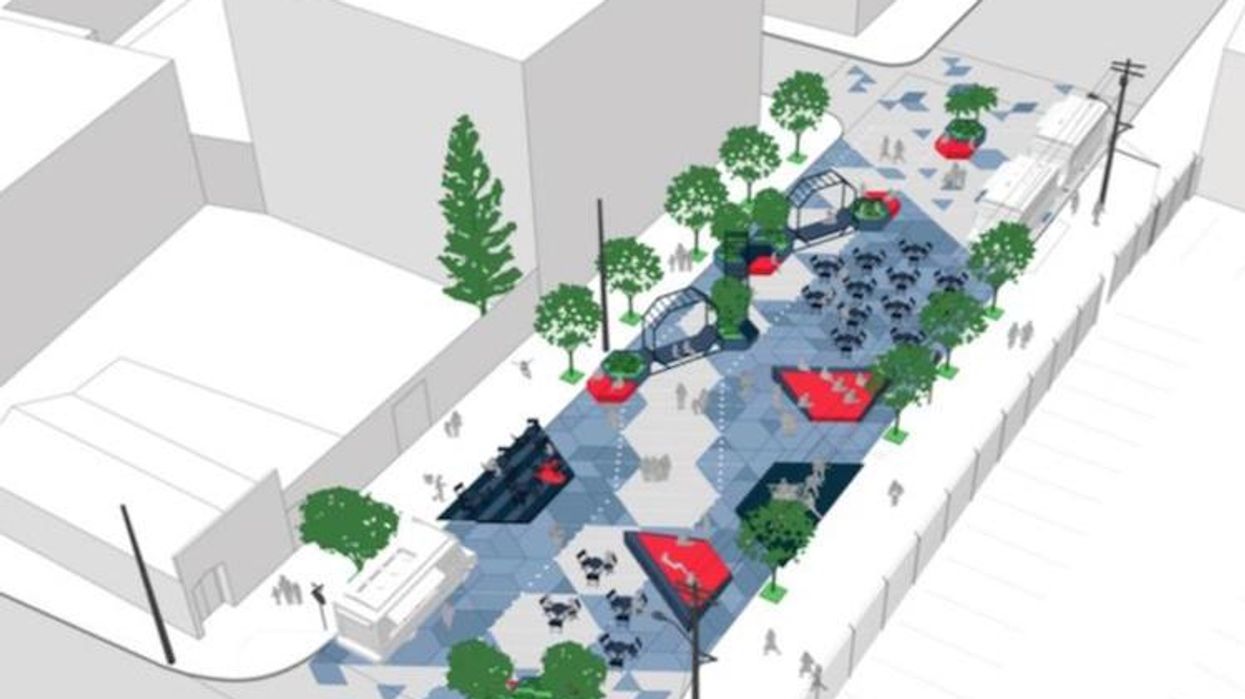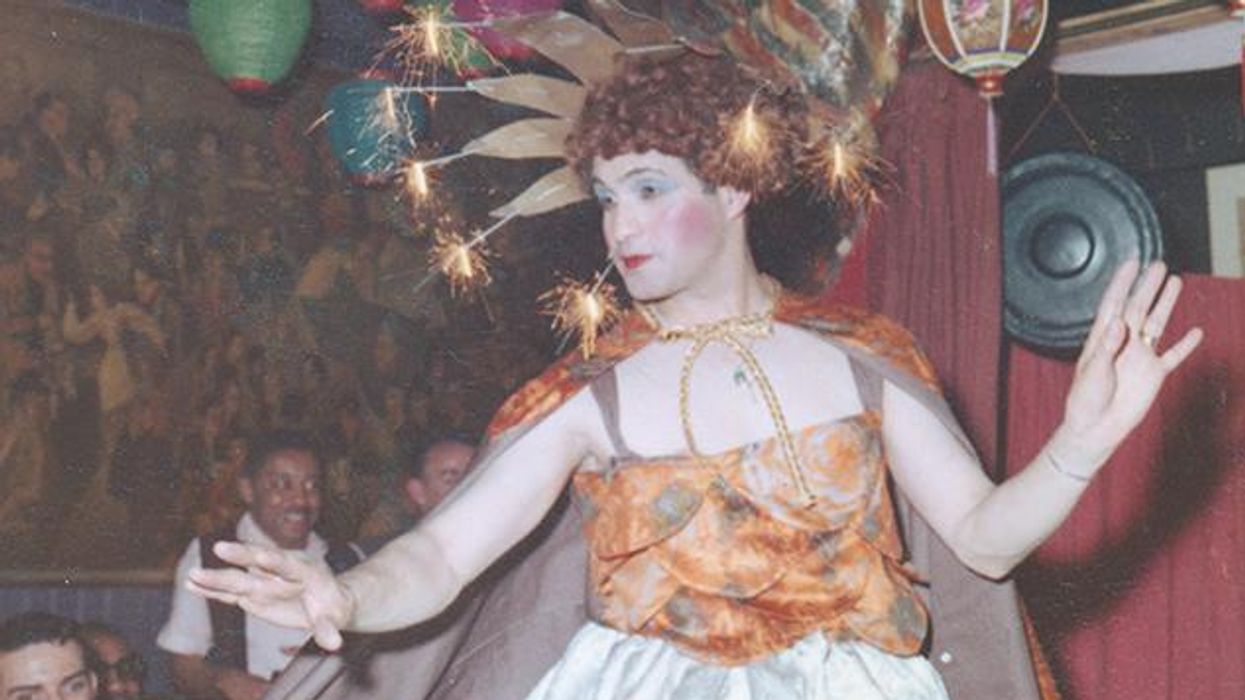"SF induces a lyric mood in me, a feeling of high destinies working out," wrote Samuel Steward, the mid-20th century gay author, academic, and tattoo artist whose decades of diaries and archives Justin Spring researched for his stunning 2010 book, Secret Historian: The Life and Times of Samuel Steward, Professor, Tattoo Artist, and Sexual Renegade.
The SF being described isn't one of the many lovers Steward detailed in his journals. It was San Francisco, where, in July of 1953, Chicago-based Steward lived at the Embarcadero YMCA.
Having heard it was full of sailors eager to please and be pleased, Steward wrote before his trip that he was looking forward to staying at a "Christian bordello." He found it -- the journals keep meticulous record of his conquests and failures -- and Steward left town with a new "sense of wonder and freedom."
Yes, San Francisco was already a gay mecca by 1953, 16 years before New York City's Stonewall Rebellion. The Gold Rush of 1848 brought vastly disparate people to the once-forbidding outpost and freed them from the imposing moral codes found in more established cities. Culture, sexuality, and social lines were more fluid then, and the city's thriving scene, and the stream of A-listers who came through, including Mark Twain and bon vivant Oscar Wilde, earned SF a new nickname, the Paris of the West.
The urban reconstruction after the 1906 earthquake and fires put arts and culture even more squarely at the center of the phoenix-like city's new life. A World's Fair, opera house, museums, the Wharf, and a thriving nightlife -- female impersonators easily found work at the drag revues popular in the 1920s and, to a lesser degree, the early '30s -- attracted scores of gays and lesbians. Later, the growth of Navy bases and the beginning of the World War II helped swell the ranks at underground gay bars, a development that attracted unwanted attention and in the early 1940s a series of raids on cruising spots and gay bars.
As it turns out, the biggest influence on San Francisco's evolution into a fully-fledged gay mecca wasn't acceptance and embrace, but rejection and admonishment. According to Allan Berube, author of Coming Out Under Fire: The History of Gay Men and Women in World War Two, thousands of gay men and women dishonorably discharged from the armed services--and often beaten beforehand--settled in San Francisco, helping calcify a resilient though shadowy gay scene that was well-established by the time Steward trekked out West.
It was around this time that Mattachine Society founder Henry Hay and his loyalists moved their branch of the early "homophile" movement from Los Angeles to the Bay Area, and in a few years time Beat writer Jack Kerouac shepherded in a new generation of ostracized beatniks, radicals, and artists who would help transform the Castro from a working-class neighborhood into a crossroads of youthful rebellion. City Lights Bookstore, a hub for the Beat Generation founded by poet Lawrence Ferlinghetti and Peter D. Martin and a refuge for gay poet Allen Ginsberg, remains in operation today after over 50 years.
And then came the Flower Children and other counter-cultural pioneers, including legendary gay activist Harvey Milk, the nation's first openly gay person to be elected to office. His 1978 assassination alongside Mayor George Moscone shook not only San Francisco, but the world. San Francisco and the gay movement's destinies were inextricably linked.
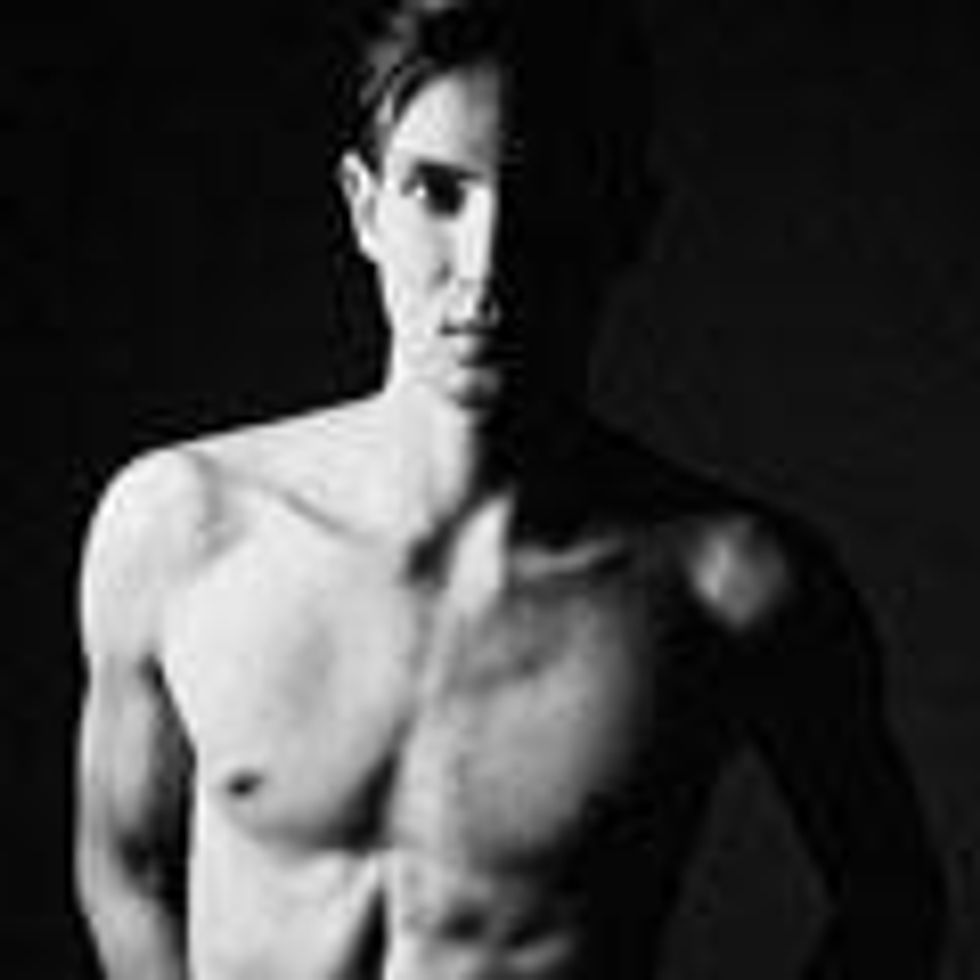
All that said there's no denying that San Francisco commands a special place in LGBT history. It lacks the superficiality of two other gay hubs, fashion-centric New York or Hollywood-driven Los Angeles, and it's missing the complete drop-out vibe found in another gay favorite, Key West. San Francisco is its own entity.
It's the port in the storm, a place where fertile ground was made from homophobia and hate and discrimination and ignorance. It's a laboratory of progress -- one of the marriage equality cases the Supreme Court hears this week originated out of Fog City -- and it's the prize. It's here that a brave (straight) mayor, Gavin Newsom, first legalized marriage equality, and it's here that LGBT Americans struggle to reconcile a revolutionary past with the 21st Century's Silicon Valley-led era of gentrification and white-washing.
Public nudity, once a fringe benefit of living in the libertine city, has recently been outlawed, only the latest indication that San Francisco's undergoing a change. But as the city changes, you can be sure LGBT denizens will push back to preserve the space fought for by Milk, Zamora, Newsom, and the thousands of other men and women who have passed by its Golden Gate, and that vestiges of its past will remain.


